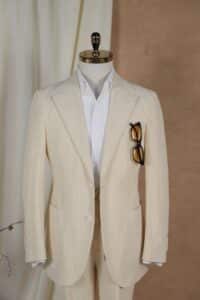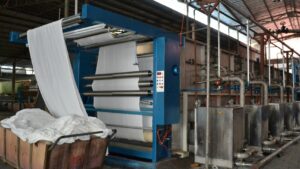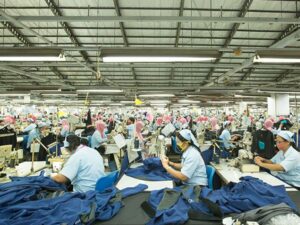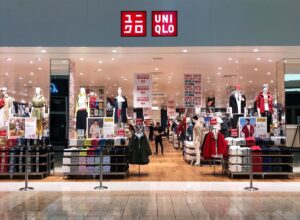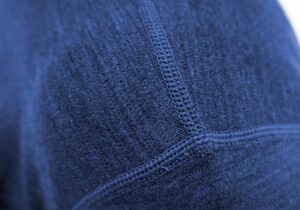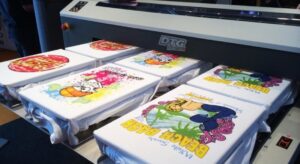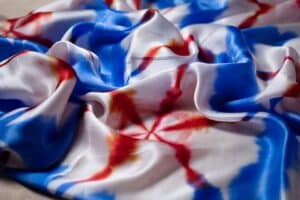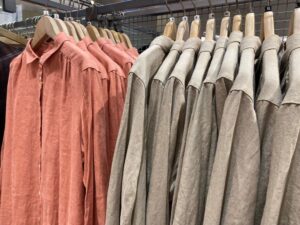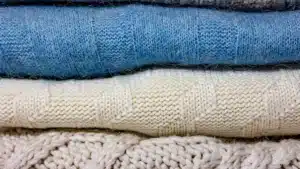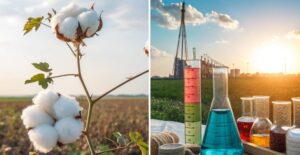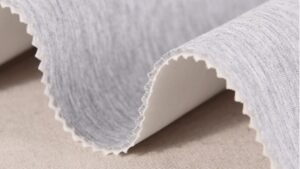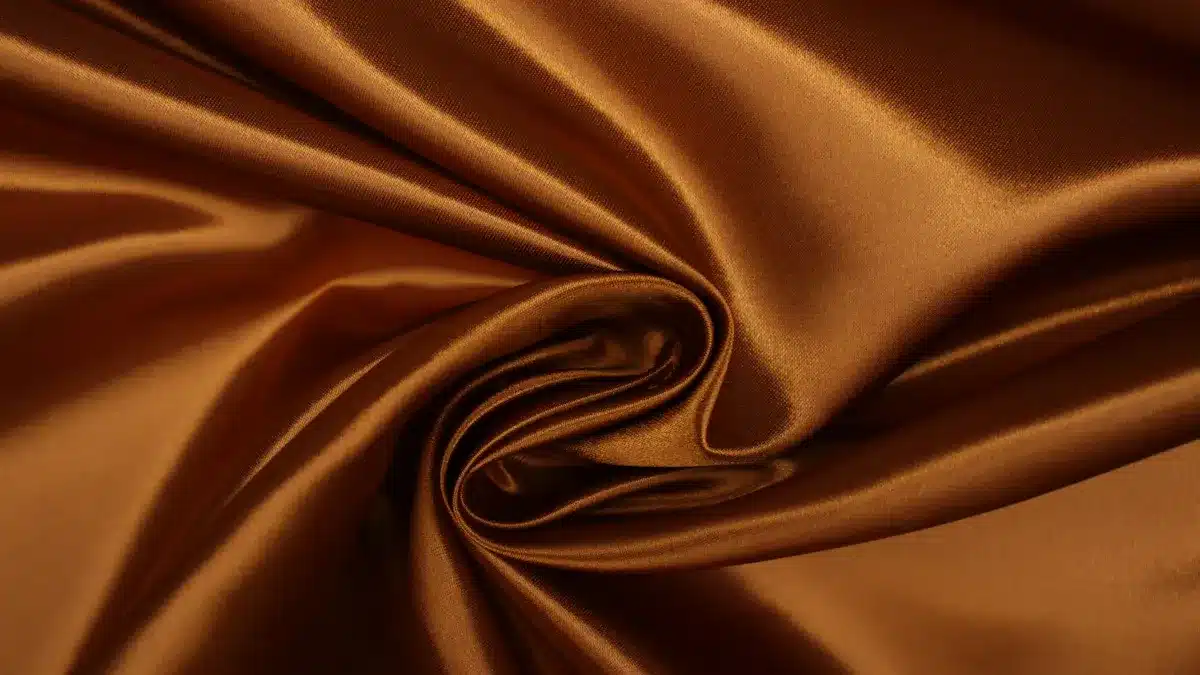
If you want a fabric that feels fancy and helps the planet, cupro fabric could be a great pick. It’s made from cotton linter, which is leftover from making cotton. This fabric is soft like silk and good for the environment. More people are choosing it because they care about eco-friendly materials.
The market for cupro fabric is expected to grow fast. It might increase by 7.7% each year from 2025 to 2033. This shows people want fabrics that save resources and fit into recycling systems.
As more shoppers and clothing brands focus on being green, cupro fabric is a smart and flexible choice.
Key Takeaways
Cupro fabric comes from cotton linter, a leftover material. This makes it a planet-friendly option.
The fabric is soft and fancy, like silk, but it’s vegan and kind to animals.
Cupro lets air through and pulls sweat away, so you stay comfy all year.
It’s simple to clean and can go in the washer. Silk, however, needs special care.
Picking cupro helps eco-friendly fashion and cuts down on waste. This is good for Earth.
What is Cupro Fabric?
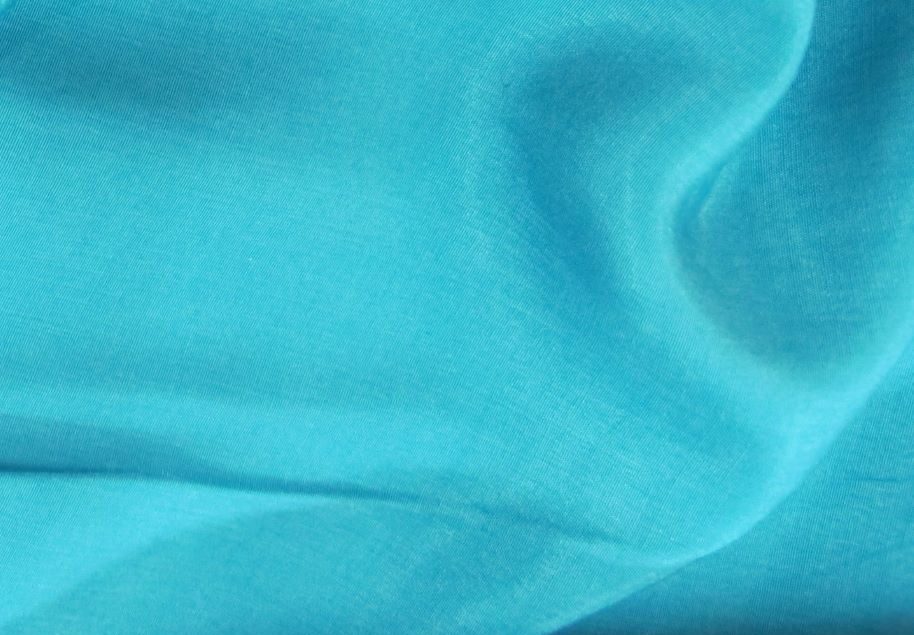
Definition and origin
Cupro fabric is a special type of fabric. It’s made from cotton linter, which is leftover cotton fibers. These short fibers are found on cotton seeds after processing. Instead of being thrown away, they are turned into a soft, eco-friendly material.
Cupro fiber (also known as cuprammonium rayon) is a type of regenerated cellulose fiber made from linter - the short cotton fibers that adhere to cotton seeds. The name "Cupro" derives from its manufacturing process which involves treatment with ammonia and copper hydroxide.
In Chinese, we call Cupro as 铜氨丝(tóng ān sī) which means cuprammonium silk, or as 铜氨纤维(tóng ān xiān wéi) which means cuprammonium fiber.
Cupro fabric has been around since the early 1900s. Back then, cotton linter was often seen as trash. In 1918, a Swiss chemist named Matthias Eduard Schweizer found a new use for it. He used a copper-ammonia solution to dissolve cellulose. This discovery helped the German company J.P. Bemberg AG create cupro fabric. Turning waste into something useful was a big step for sustainable textiles.
Making cupro fabric involves these steps:
Cotton linter is dissolved in a special solution.
The liquid is pushed through tiny holes to make threads.
These threads are hardened in a special bath.
The fibers are cleaned, dried, and spun into yarn.
The yarn is then woven or knitted into fabric.
Today, cupro fabric is made in many countries. But if you wonder, "Where is cupro fiber made?" Japan is a major answer because of its advanced technology. The top manufacturer of cupro fiber is the Japanese company: 旭化成株式会社 Asahi Kasei Corporation who was established on May 21 1931.
Comparison with silk and other fabrics
Cupro fabric feels like silk because it’s smooth and soft. It drapes nicely and looks fancy. But cupro has some benefits over silk. It’s vegan-friendly since no animals are used to make it. This makes it a good choice for people avoiding animal products.
Cupro is also breathable and keeps you comfortable. It cools you in summer and warms you in winter. This makes it better than synthetic fabrics like polyester, which can trap heat. Cupro’s ability to regulate temperature is a big plus.
Another great thing about cupro is that it’s eco-friendly. Silk takes a lot of resources to produce, but cupro uses leftover materials. It’s also biodegradable, unlike synthetic fabrics that harm the planet.
Different types of cupro fabric have unique features. Some are light and airy, great for summer clothes or scarves. Others are thicker and sturdier, perfect for jackets or furniture. This makes cupro a great choice for both clothing and home items.
Properties of Cupro
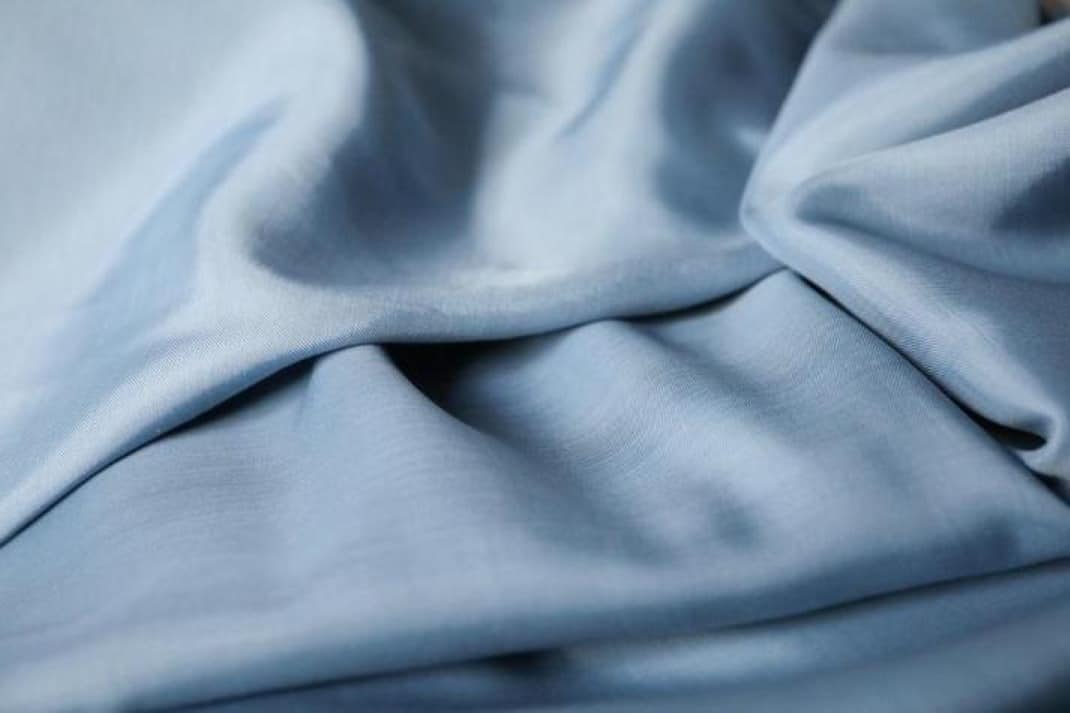
Texture and softness
Cupro fabric is known for feeling smooth and soft. It feels like silk when you touch it. This fabric drapes nicely, making clothes look fancy and flow well. Unlike rough or stiff fabrics, cupro feels gentle on your skin. It gives a mix of comfort and elegance.
Cupro is a great eco-friendly option instead of silk. Silk comes from silkworms, but cupro is made from plants. It uses cotton linter, which is leftover cotton fibers. This makes it vegan-friendly for people who avoid animal products. Whether it’s a cupro shirt or scarf, you’ll enjoy its soft and fancy feel.
Excellent Elasticity
Cupro fiber demonstrates outstanding elongation and recovery properties, combined with superior stain resistance and thermal insulation. It exhibits excellent tensile elasticity and compression resilience, with high elastic recovery rate and remarkable stretchability. The fiber's lofty structure ensures that finished products maintain excellent elasticity, plush hand feel, crisp drape, and superior wrinkle resistance. Additionally, cupro fabrics retain their shape well after washing and offer exceptional dimensional stability.
Breathability and moisture-wicking
Cupro fabric helps you stay cool and comfy. It lets air pass through easily, so you don’t overheat. It also absorbs sweat and dries it fast. This keeps you dry and fresh, even in hot weather.
Cupro’s plant-based material makes it naturally breathable. Synthetic fabrics can trap heat, but cupro adjusts to your body’s needs. You can wear it in summer or layer it in winter. It works well in all seasons to keep you comfortable.
Biodegradability and eco-friendliness
Cupro fabric is good for the planet and feels fancy too. It’s made from cotton linter, which would otherwise be thrown away. Using this leftover material helps reduce waste and supports recycling. Cupro also breaks down naturally, leaving no harmful trash behind.
Cupro can decompose in 6 months to a year. Polyester, a synthetic fabric, can take up to 200 years to break down. Cupro’s quick decomposition helps cut down waste and avoids microplastic pollution. The table below shows how cupro compares to other fabrics:
Aspect | Cupro Fabric | Conventional Fabrics |
|---|---|---|
Water Use | Needs more water | |
Energy Use | Uses less energy | Requires more energy |
Biodegradability | Breaks down in 6 months to 1 year | Takes up to 200 years to decompose |
Environmental Impact | Reduces waste, eco-friendly | Adds to landfill waste |
Choosing cupro fabric helps the environment. Its plant-based origin and ability to break down make it a smart choice for eco-conscious people.
Thermoregulation and hypoallergenic qualities
Cupro fabric helps keep you comfy in any season. It adjusts to temperature changes, so you feel good all year. In summer, it lets heat escape to keep you cool. In winter, it holds warmth to keep you cozy. This is because it’s made from 100% cellulose, which helps control temperature naturally. Research in the International Journal of Clothing Science and Technology shows cupro regulates temperature 4°C better than cotton. This makes it great for clothes that work in different weather.
If your skin is sensitive, cupro fabric is a great choice. It won’t irritate your skin or cause allergies. The plant-based fibers are soft and free of harsh chemicals. Unlike synthetic fabrics, it doesn’t trap allergens or feel rough. Instead, it feels smooth and gentle, perfect for daily wear. This makes it a favorite for people who want comfort and safety.
Cupro fabric stands out because of its temperature control and skin-friendly features. Whether you need cool summer clothes or warm winter layers, cupro works well and feels great on your skin.
Excellent dyeing properties
Cupro fiber exhibits superior dye affinity, producing vibrant colors with high color fastness. It demonstrates exceptional dye uptake efficiency, outstanding fade resistance, and remarkable color stability.
Superior Anti-Static Performance
Cupro fiber exhibits excellent moisture regain, second only to animal hair fibers and superior to cotton, linen, and other synthetic fibers. Its outstanding moisture absorption and release efficiency, combined with low electrical resistivity, result in exceptional anti-static properties, delivering enhanced wearing comfort.
How is Cupro Fabric Made?
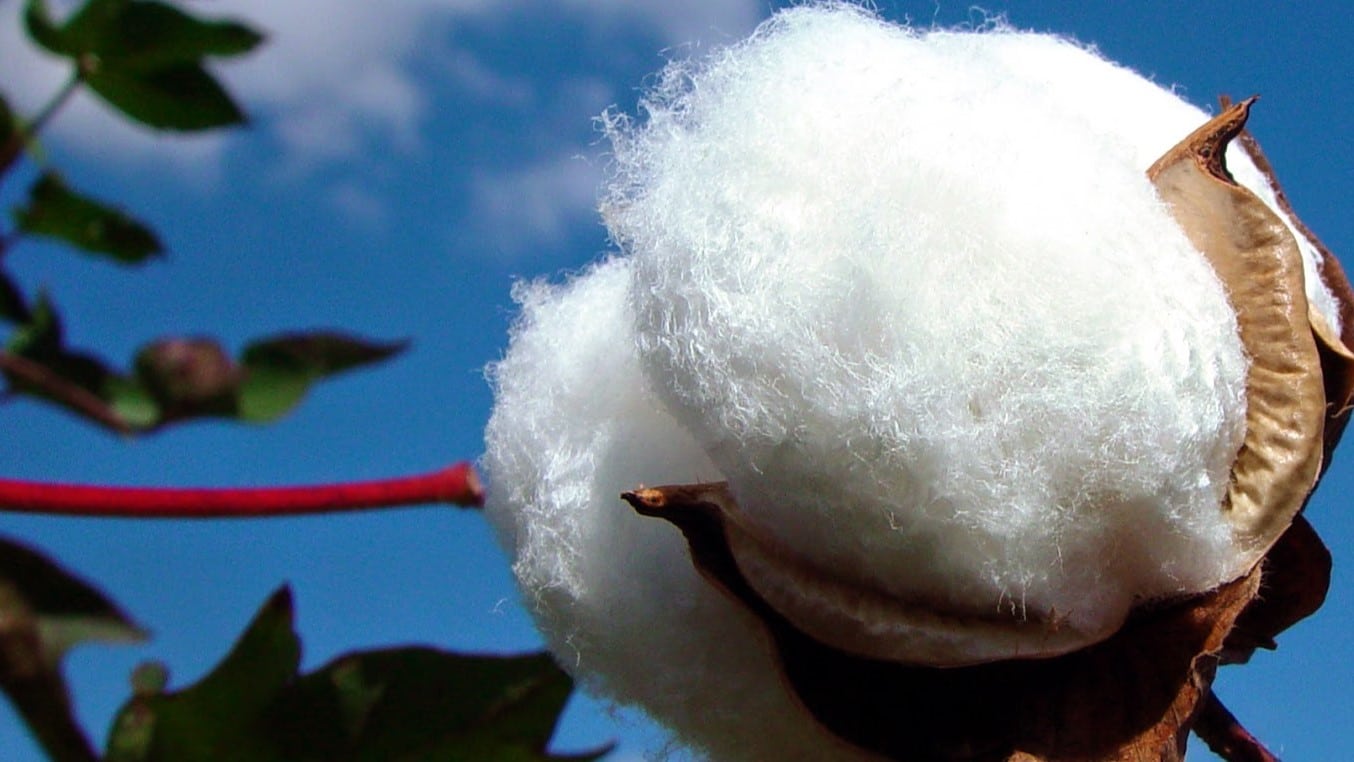
Role of cotton linter in production
Cotton linter is key to making cupro fabric. These tiny fibers are left on cotton seeds after processing. Instead of being thrown away, they are used to make this eco-friendly fabric. The process starts by dissolving cotton linter in a copper-ammonia solution, which gives cupro its name.
Here’s how it’s made:
Cotton linter is dissolved in the copper-ammonia solution.
The liquid is pushed through small holes to form filaments.
These filaments are hardened in a special bath.
The fibers are cleaned, dried, and spun into yarn.
The yarn is woven or knitted into soft cupro fabric.
This process turns waste into a smooth, sustainable material.
Chemical process and steps involved
Making cupro fabric uses an interesting chemical process.
Cupro fiber is produced by dissolving natural cotton linter in a concentrated ammonia solution containing copper hydroxide or alkaline copper salts to form a spinning dope.
When this solution is extruded into a coagulation bath, the cuprammonium cellulose complex decomposes and regenerates into pure cellulose. The resulting hydrated cellulose then undergoes subsequent processing to produce the final cupro fibers.
The chemicals are reused in a closed-loop system, reducing waste. This method makes a fabric that feels fancy but is made sustainably.
Sustainability of the production process
The way cupro fabric is made is very eco-friendly. It uses cotton linter, a leftover from cotton production, which reduces waste. The closed-loop system reuses chemicals, keeping harmful substances out of nature.
Cupro fabric is also biodegradable. Unlike synthetic fabrics, it breaks down naturally and doesn’t leave long-term waste. Choosing cupro means picking a fabric that is both luxurious and kind to the planet.
How is Cupro Fabric Used?
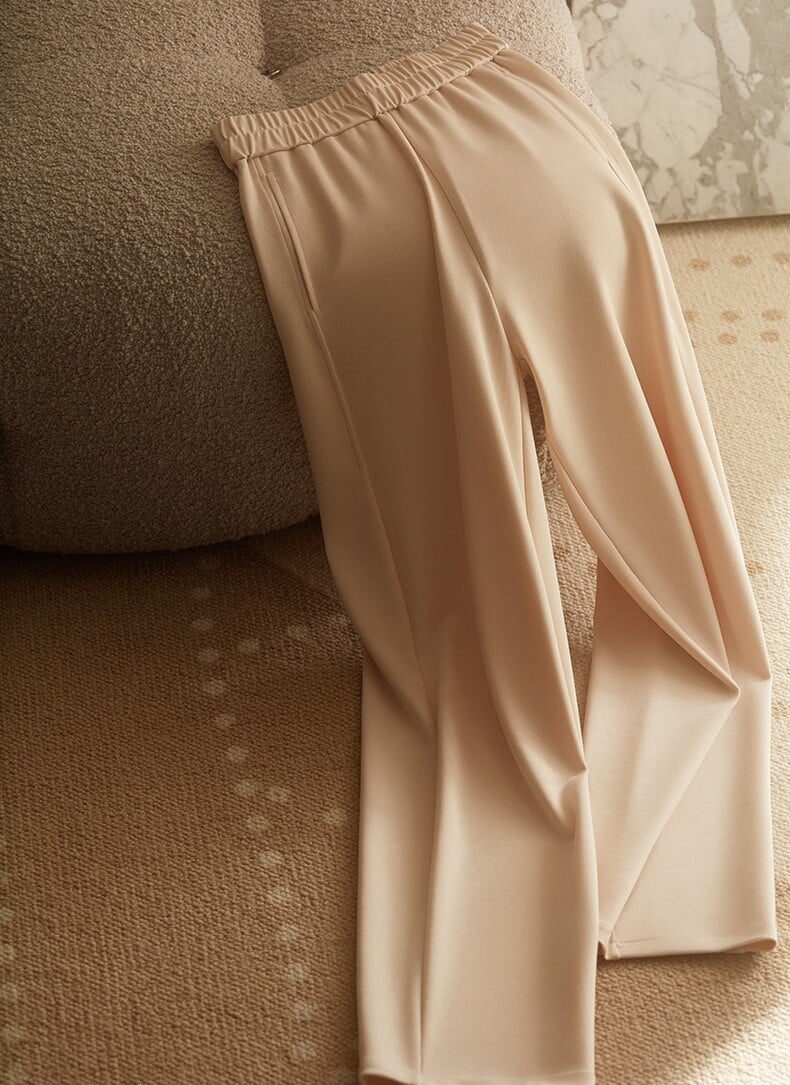
As a textile material, Cupro fabric boasts a luxuriously soft hand feel and subtle luster, aligning perfectly with sustainable fashion trends. This premium fiber is particularly favored for high-end fabrics, whether used in pure form or blended with wool and synthetic fibers. Its exceptional qualities make it ideal for producing:
Knitwear & Woven Underwear (superior comfort and breathability)
Women's Hosiery (smooth, lightweight drape)
Silky Blouses & Shirts (elegant sheen and fluidity)
Trench Coats, Trousers & Outerwear (drapes beautifully while maintaining structure)
Applications in fashion (e.g., dresses, scarves, blouses)
Cupro fabric is loved in fashion for its soft, fancy feel. Designers use it to make pretty dresses, light scarves, and stylish blouses. Its smooth texture helps clothes hang nicely and look elegant. You can find cupro in both casual and fancy outfits because it’s comfy and classy.
One reason cupro is popular is that it’s easy to clean. Unlike silk, which needs special care, cupro can go in the washing machine. It’s also breathable and keeps sweat away, making it great for summer clothes. Whether you want a light blouse or a fancy evening dress, cupro is a stylish and eco-friendly choice.
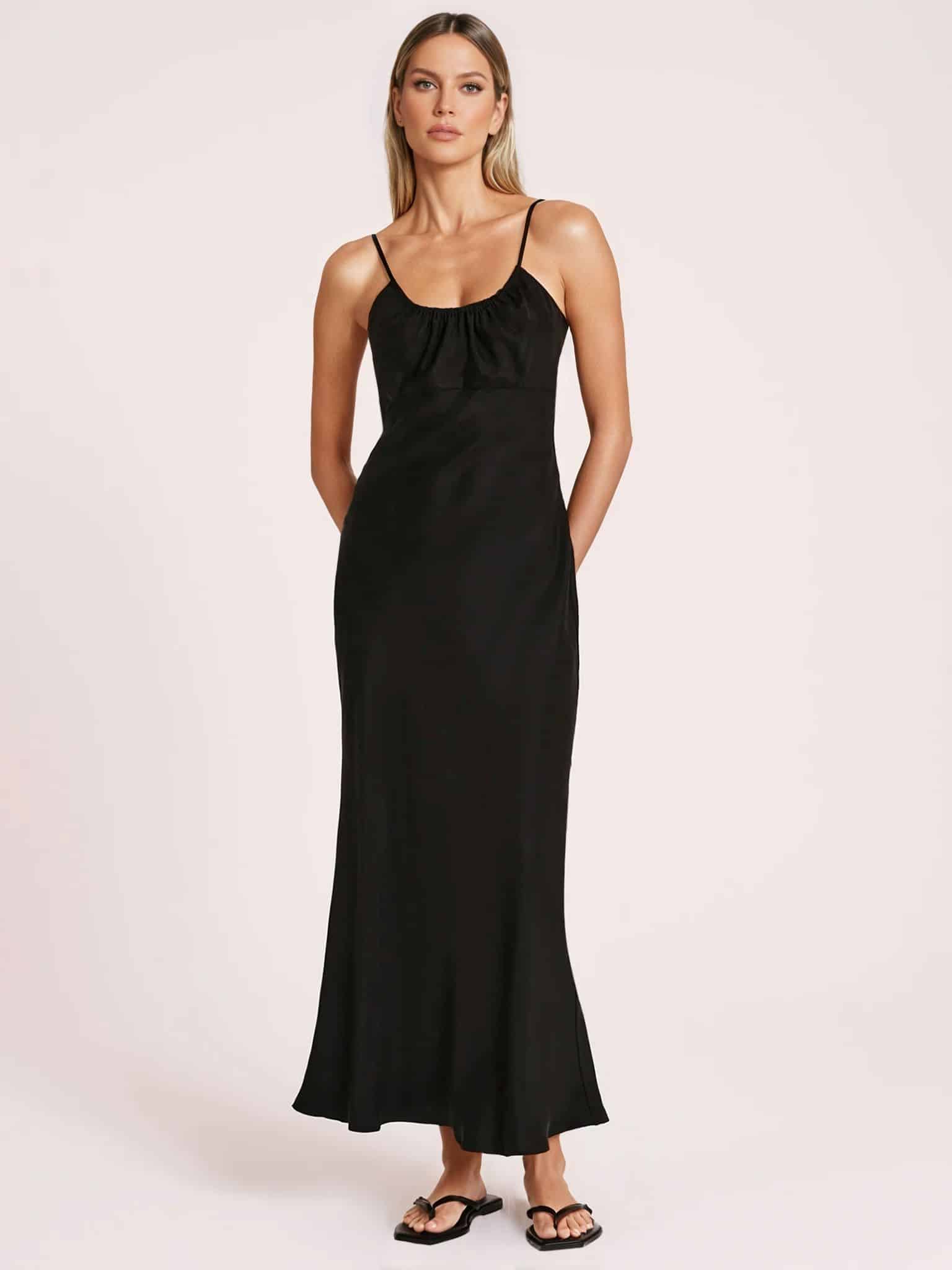
Use in home textiles (e.g., curtains, upholstery)
Cupro fabric isn’t just for clothes—it’s great for home décor too. Its soft feel and fancy look make it perfect for curtains, furniture covers, and cushions. It helps keep your home warm in winter and cool in summer.
People like cupro for home items because it’s easy to care for and good for the planet. Curtains made from cupro look fancy and support a green lifestyle. Furniture covered in cupro adds style to any room and lasts a long time. If you want a mix of beauty and eco-friendliness, cupro is a smart pick for your home.
Emerging uses in other industries
Cupro fabric is also being used in new and exciting ways. In healthcare, it’s added to wearable devices that track health. Car makers use it in heated seats and steering wheels to save energy in electric cars.
Cupro is even used in tech gadgets. It’s found in phone cases and laptop covers that allow wireless charging. Smart home items, like app-controlled curtains, also use cupro. These new uses show how flexible cupro is and how it can change many industries.
Market Insights:
A closer look at trends shows cupro fabric is in high demand. The table below highlights key market details:
Aspect | Details |
|---|---|
Current Trends | Consumer interest and new technology are shaping the market. |
Growth Potential | New ideas, buyer habits, and rules are driving growth. |
Market Dynamics | Competition and regional differences affect the cupro market. |
Strategic Insights | Tips to help businesses make smart choices in a changing market. |
Market Segmentation | Data showing how different products and uses share the market. |
Cupro fabric’s many uses make it important in different fields. It’s a material to watch for future ideas and innovations.
Pros and Cons of Cupro Fabric
Advantages
Cupro fabric has many good points that make it special. It feels fancy and smooth, much like silk. But unlike silk, cupro is vegan-friendly. It doesn’t use silkworms, so it’s cruelty-free. This makes it a great choice for people who want ethical fashion.
Another big plus is how it’s made. Cupro comes from cotton linter, which is leftover cotton waste. Instead of throwing it away, it’s turned into fabric. The process uses a closed-loop system to recycle chemicals. Some factories even use renewable energy, making it even better for the planet.
Cupro is also easy to care for. You can wash it in a machine, unlike silk, which needs dry cleaning. This saves time and is better for the environment. Plus, cupro costs less than silk, so it’s a more affordable way to get a fancy look.
Aspect | Details |
|---|---|
Plant-Based Origins | Made from leftover cotton, helping reduce waste. |
Vegan and Cruelty-Free | No silkworms are used, making it a kind choice. |
Production Methods | Chemicals are recycled in a closed-loop system. |
Machine Washable | Can be washed at home, unlike silk’s dry cleaning. |
Cost-Effectiveness | Costs less than silk but still feels luxurious. |
Renewable Energy Usage | Some factories use green energy during production. |
Disadvantages
Cupro fabric isn’t perfect and has some downsides. One issue is the chemicals used to make it. Ammonia and copper are part of the process and need careful handling. Even though the system recycles these chemicals, it still raises concerns about its full eco-friendliness.
Another drawback is the price. While cheaper than silk, cupro costs more than synthetic fabrics. If you’re on a tight budget, this might not be the best option. The price depends on the brand and quality, but it’s usually mid-range.
Lastly, cupro isn’t easy to find everywhere. It’s not as common as other fabrics, so choices can be limited. This makes it harder to buy in some areas or find specific styles made from cupro.
Cupro fabric is both fancy and good for the planet. It’s a great eco-friendly option instead of rayon. This fabric feels smooth, lets air through, and supports green fashion. Made from recycled cotton linter, it also breaks down naturally. Whether for clothes or home items, cupro is a flexible and kind choice. Picking cupro shows you care about helping the Earth.
FAQ
Why is cupro fabric good for the environment?
Cupro fabric is made from cotton linter, which is leftover cotton waste. This helps reduce trash. Its production reuses chemicals in a closed-loop system, cutting pollution. It also breaks down fast, unlike plastic-based fabrics.
Can cupro fabric be washed at home?
Yes, you can wash cupro fabric in a washing machine. Use a gentle cycle to keep it soft. Avoid high heat when drying or ironing to protect it.
Is cupro fabric safe for sensitive skin?
Yes! Cupro fabric is gentle and doesn’t have harsh chemicals. Its smooth surface feels soft, making it great for people with sensitive skin.
How is cupro fabric different from silk?
Cupro feels soft and flows like silk but is vegan. It’s easier to clean, more breathable, and better for the planet than silk.
Where can you buy cupro fabric items?
You can find cupro fabric in eco-friendly clothing stores and online. Some home décor shops also sell items made from cupro.

